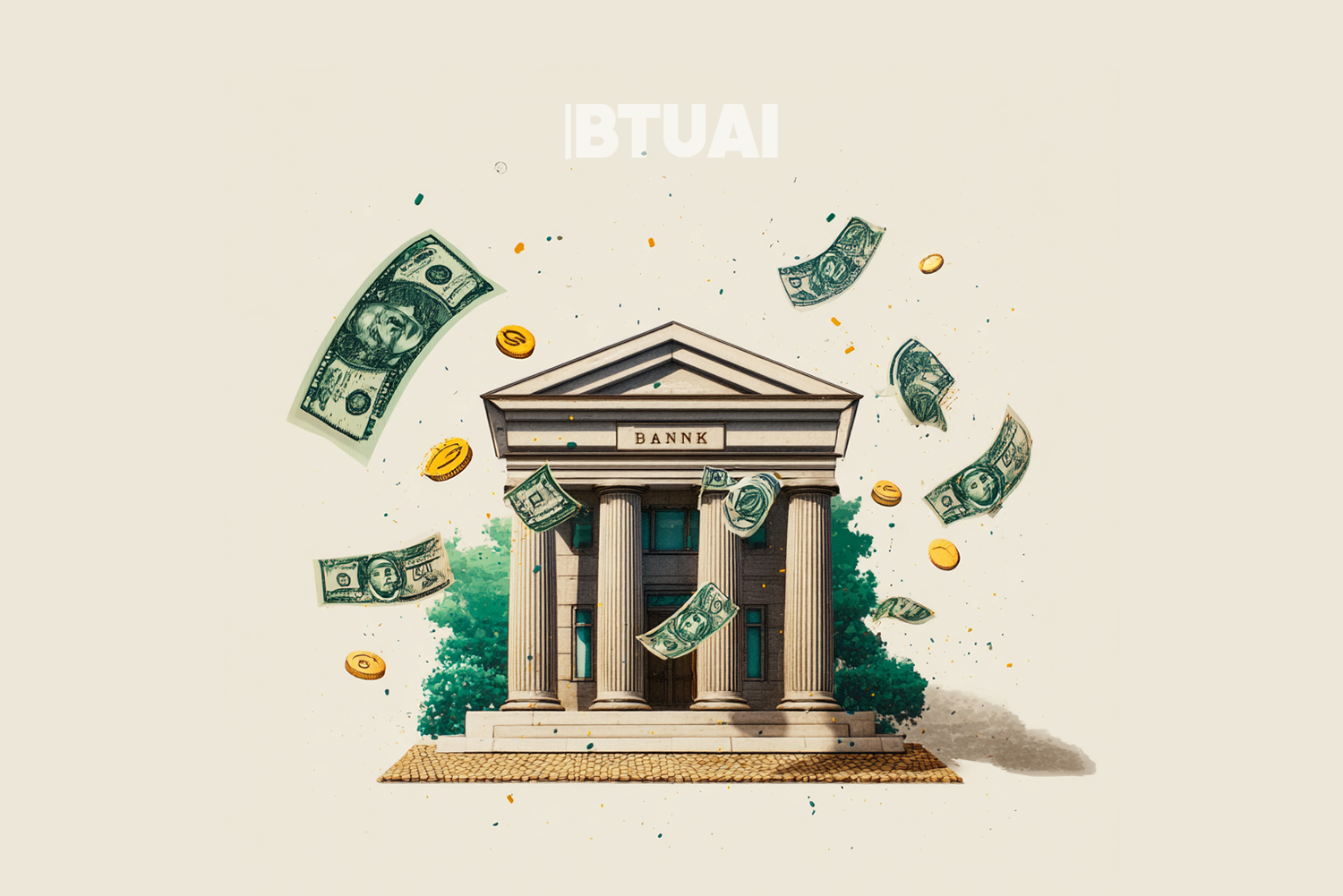The New Lending Map of Georgian Banks
As of May 2025, the total volume of loans issued by banks to Georgia’s private sector has reached 39.2

As of May 2025, the total volume of loans issued by banks to Georgia’s private sector has reached 39.2 billion GEL, reflecting a 15% annual increase. This trend reaffirms that the banking sector remains the primary financial lifeline for businesses. However, the dynamics of lending are shifting considerably, driven by changes in the economic environment, market demand, and evolving risk assessments.
One of the standout developments over the past year is the significant growth in loans to the real estate development sector, which expanded by 27% to 4.21 billion GEL. This surge clearly indicates that Georgia’s real estate market continues to attract strong interest from both investors and banks. The boom is closely tied to urban redevelopment, large-scale construction activity, and the growing scope of development projects.
Second on the list is the services sector, with a portfolio of 3.89 billion GEL and an impressive 24% annual growth. This suggests that banks are actively financing a wide range of service industries, reflecting the country’s broader economic modernization and the rising influence of urban lifestyles.
Real estate management ranks third, with 3.47 billion GEL in loans and an 18% increase. This signals growing interest from financial institutions not only in development but also in the efficient management of existing real estate assets.
Not all sectors, however, are experiencing the same level of growth—some are stagnating or even contracting. For example, lending to the hotel and tourism sector rose by just 1%, reaching 3.2 billion GEL. This sluggish pace points to weakening investment interest, likely influenced by global economic and geopolitical uncertainty as well as a saturated local market.
Agricultural lending, though vital to Georgia’s economic potential, remains modest. The sector’s loan portfolio stands at 3.4 billion GEL, with only a 5% increase, highlighting its continued status as a conservative lending zone.
Some narrower segments have shown remarkable growth. Lending to financial institutions grew by 51%, to gas stations and fuel importers by 50%, and to telecommunications companies by 43%. These jumps typically reflect the entry of new technologies and services into the market.
A 29% rise in loans to the retail trade sector suggests that Georgia’s consumer market and retail activity remain strong.
On the other hand, the heavy industry sector saw a 19% decline in its loan portfolio. This may reflect structural shifts within the sector or a re-evaluation of risk by financial institutions.
Strikingly, lending to government entities dropped sharply—by 44%—to just 38 million GEL, indicating a reduced reliance on private financing by public sector bodies.
In sum, the current lending landscape paints a picture of a banking sector that is increasingly favoring services, real estate, trade, and technology—while showing caution or retreat in more traditional sectors. This pattern highlights the structural transformation of Georgia’s economy, where banks are applying a more segmented and risk-sensitive lending approach. They are prioritizing innovative, high-growth industries and responding swiftly to emerging market demands.
In this environment, the winners will be those companies that can most effectively secure access to financial resources and ensure sustainable growth in an increasingly competitive and evolving economic landscape.




